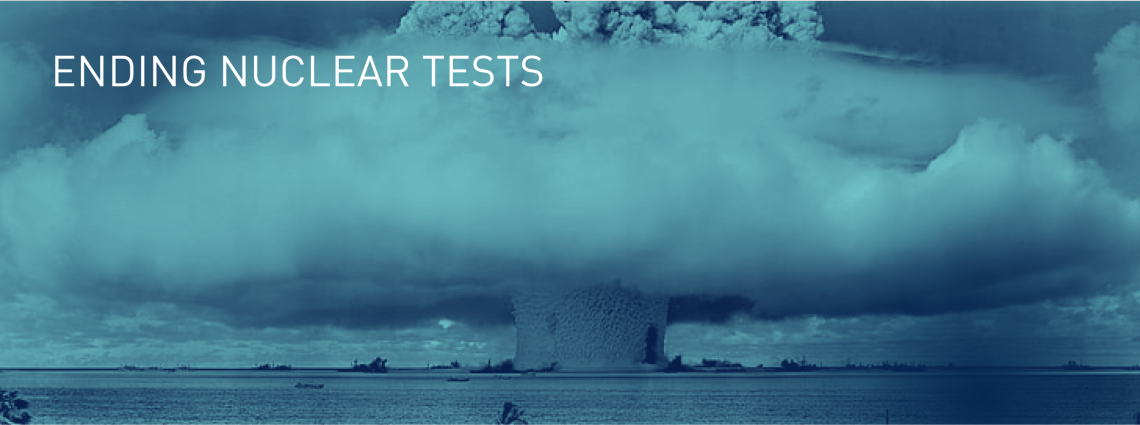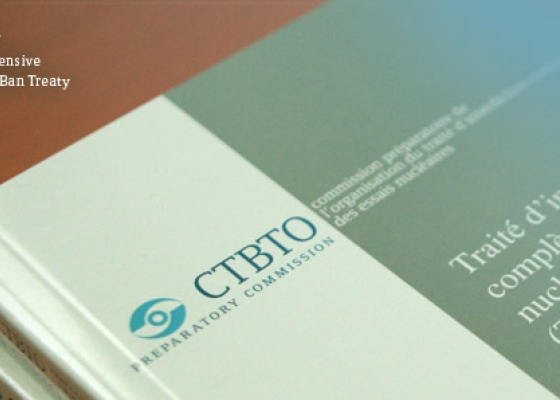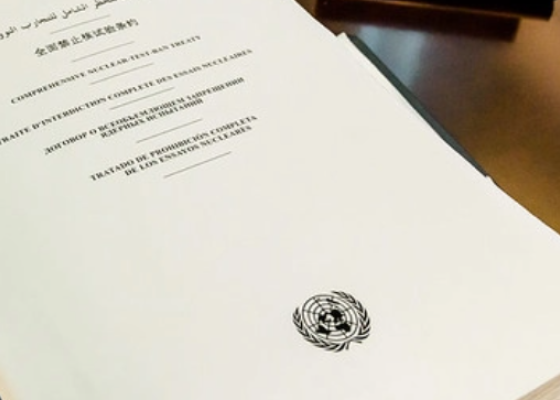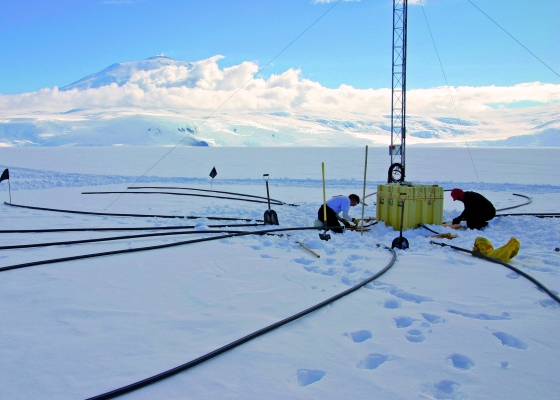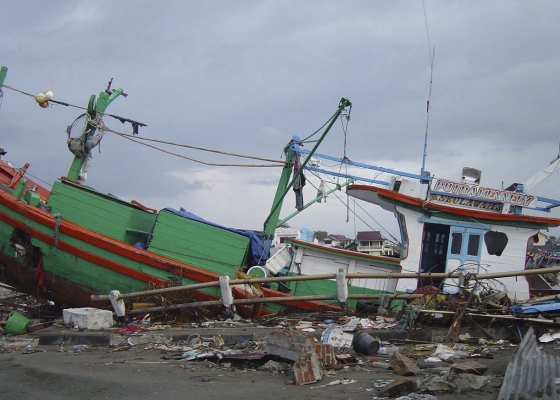Ending Nuclear Tests
What is the CTBT?
The Comprehensive Nuclear-Test-Ban Treaty (CTBT) bans nuclear explosions by everyone, everywhere: above ground, under water and underground.
A key part of the global nuclear arms control framework
The CTBT is an essential component of the international nuclear arms control and disarmament framework.
-
Nuclear testing is a key step in the development of nuclear weapons. By ending this, the CTBT curbs all nuclear arms proliferation, be it the development of nuclear weapons by countries that do not currently have them, upgrades to current nuclear arsenals or the creation of new, more advanced generations of nuclear weapons.
-
The CTBT is fundamental to nuclear disarmament because it establishes trust that any clandestine nuclear test will be detected.
-
The CTBT has an intrinsic, complementary relationship with the landmark Treaty on the Non-Proliferation of Nuclear Weapons (NPT), the cornerstone of the global nuclear non-proliferation and disarmament regime, which recognises the crucial importance of ending nuclear test explosions.
-
The CTBT prevents the serious health and environmental impacts of nuclear tests.
A global norm against nuclear testing
The CTBT has created a firm and virtually unchallenged global norm against nuclear testing. Tests have been conducted on only 10 occasions since it opened for signature in 1996, compared with more than 2,000 over the five previous decades. In this century, only one country – North Korea – has breached the norm and tested nuclear weapons.
Near-universal support
The CTBT has near-universal support, signed by 187 countries to date and ratified by 178. However, 44 specific nuclear technology holder countries must sign and ratify before the CTBT can enter into force as international law. Ratification by nine of these Annex 2 states is still required: by China, Egypt, India, Iran, Israel, North Korea, Pakistan, the Russian Federation and the United States. Of these, India, North Korea, and Pakistan are yet to sign the Treaty.
The mission of the CTBTO
Known formally as the Preparatory Commission for the Comprehensive Nuclear-Test-Ban Treaty Organization, the CTBTO exists to prepare for the Treaty’s entry into force. It has two main tasks:
-
Promoting universal recognition of the Treaty; and
-
Building up the CTBT verification regime to ensure no nuclear explosion can go undetected.
Headquartered in Vienna, Austria, the CTBTO has approximately 300 staff from over 90 countries and is led by Executive Secretary Robert Floyd.
A unique verification regime
The Treaty’s comprehensive verification regime consists of three components:
-
The International Monitoring System (IMS) is a unique global network using four state-of-the-art technologies: seismic to monitor shockwaves through the ground; hydroacoustic to detect sound waves in the oceans; infrasound to listen for ultra-low-frequency sound waves inaudible to the human ear; and radionuclide to monitor the atmosphere for radioactive particles and gases from a nuclear explosion. Around 90 percent of the Treaty’s 337 IMS facilities are already up and running and the system has proved its effectiveness, detecting all of North Korea’s declared nuclear tests.
-
The International Data Centre (IDC) at the CTBTO's headquarters in Vienna receives data from the global monitoring stations. The data are processed and distributed to the CTBTO's Member States in both raw and analysed form. Member States received information about the location, magnitude, time and depth of North Korea’s nuclear tests within two hours.
-
On-Site Inspections (OSI) will be possible once the CTBT enters into force, if requested and approved by Member States, in order to collect evidence on the ground if data from the IMS indicate that a nuclear test may have taken place.
Additional benefits: from tsunami warnings to climate research
Beyond the core purpose of detecting nuclear explosions, IMS data yield a range of wider benefits that can help save lives and expand scientific knowledge. For example:
- National tsunami warning centres in Member States can receive data in near-real time to support faster, more accurate public alerts.
- IMS stations can contribute to the international response to a nuclear emergency by tracking the movement of harmful radionuclides.
- Researchers can access selected data to better understand the natural world, from whale behaviour to climate change or the timing of monsoon rains.
